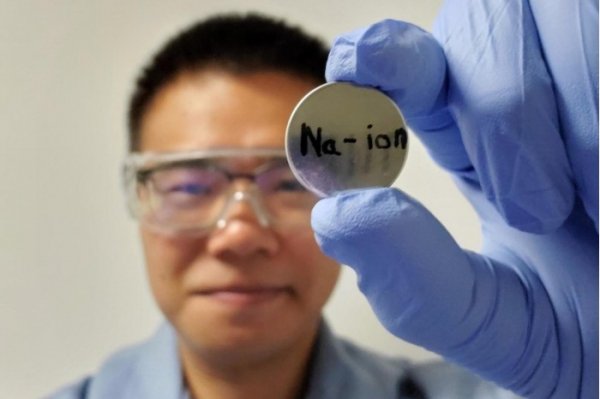According to foreign media reports, the use of sodium ion chemicals in batteries instead of ordinary lithium ions can bring many advantages, because this element is both cheap and abundant. A few days ago, scientists at Washington State University proposed a design plan, which is said to be likely to change the situation in this field-the energy capacity and cycling capacity of a sodium ion battery may be comparable to some lithium ion batteries already on the market Comparable.

To a certain extent, sodium-ion batteries, like lithium-ion batteries, generate electricity by bouncing ions between a pair of electrodes in a liquid electrolyte. However, a problem in this form is that during this process, inactive sodium crystals tend to accumulate on the surface of the cathode and eventually cause the battery to die and no longer generate electricity. In addition, sodium-ion batteries do not store as much energy as lithium-ion batteries.
Junhua Song, the lead author of the new research paper and Washington State University, said: "The key challenge is that batteries must have both high energy density and good cycle life."
Song and his team believe they have found a solution to these problems. The team created a cathode made of layered metal oxide and a liquid electrolyte battery with a higher sodium ion concentration through experiments on the design of this sodium ion battery.
In the test, the research team found that the interaction between the electrolyte and the cathode of their battery became smoother, allowing sodium ions to move continuously and avoiding the trouble of forming inactive crystals on the cathode surface. The end result is that the capacity of this battery can reach the level of some lithium-ion batteries, it can generate electricity without interruption and can still maintain 80% of the electricity after 1000 cycles.
"Our research reveals the essential relationship between the evolution of the cathode structure and the interaction between the surface and the electrolyte," Lin said. "This is the best result obtained from a sodium ion battery with a multilayer cathode. This section shows that this is a kind of Viable technology, it can be comparable to lithium-ion batteries."
The research team showed interest in this result, and now they are studying how the electrolyte interacts with the cathode in order to better understand these interactions and develop further improved designs that may even avoid the use of other rare metals.
Related research reports have been published in "ACS Energy Letters".
Shoebox Light Accessories,Shoebox Light Mount Accessories,Led Lighting Shoebox Accessories,Led Street Shoebox Light Accessories
Fuonce-Lighting , https://www.gdfuonceled.com